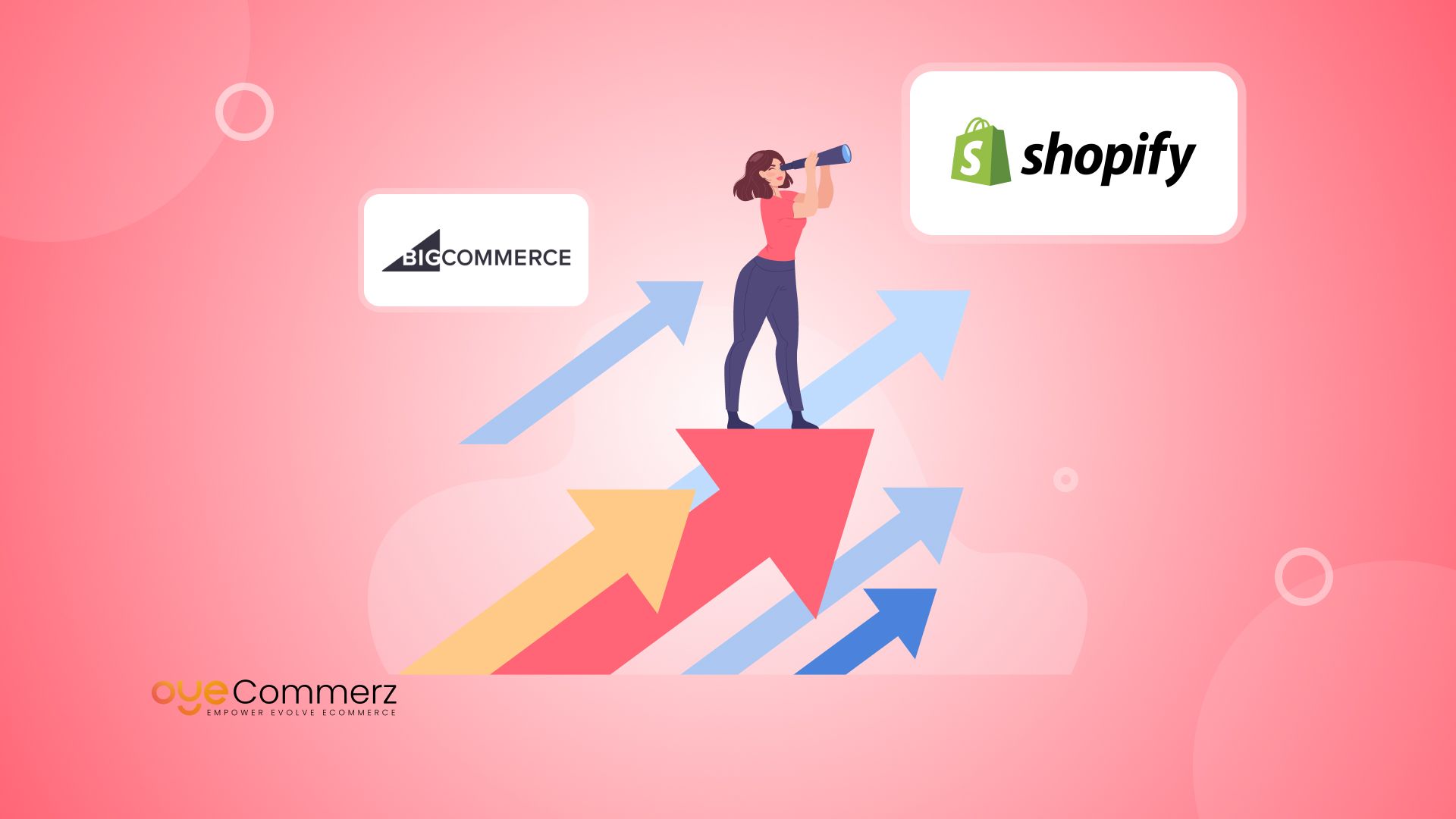Transitioning from WordPress to Shopify marks an promising step in streamlining your e-commerce operations. As businesses expand, choosing a platform that aligns with growth potential, user experience, and customization becomes crucial. Shopify is widely recognized as a favorite for online merchants, offering unmatched flexibility, security, and user-friendliness. In this guide, we will delve into the transformative impact of this migration, discuss the advantages, and provide practical tips to facilitate a smooth move.
1. Why Migrate from WordPress to Shopify?
WordPress, paired with WooCommerce, has served countless e-commerce platforms. Nevertheless, as businesses scale, challenges like plugin dependency, data risks, and technical complexities often obstruct progress. Shopify, specifically created for digital retail, eliminates these issues with an comprehensive, user-friendly solution. Statistics back this transition—Shopify powers over 4.4 million websites globally, with a reported 10% boost to sales conversion rates for many businesses post-switch.
2. Shopify's Perks for Thriving Online Stores
Shopify’s robust ecosystem is tailored for expanding brands. Its notable benefits are:
- Effortless Design Flexibility: Shopify offers over 80 professionally designed themes.
- Built-in Features: Features like Shopify Payments and integrated SEO streamline operations.
- International Expansion: Currency versatility and localization features empower businesses to expand internationally.
Additionally, Shopify delivers an uptime rate of 99.98%, ensuring your store remains accessible.
3. Getting Ready for Your WP-to-Shopify Transition
Prior to starting the migration process, assess your existing setup. Analyze inventory details, customer details, and SEO performance. Tools like Shopify’s Migration Kit or third-party solutions help ease the transition. Create a comprehensive plan, making sure all assets—item details, images, and blog content—are ready for seamless import.
4. The Importance of Accurate Data Migration
Transferring your data forms the foundation for a smooth platform switch. When moving from WP to Shopify, focus on:
- Inventory Details: SKU, item summaries, and groupings.
- Client Information: Emails, purchase records, and custom fields.
- Search Engine Considerations: Retain meta tags, URLs, and redirects to avoid SEO losses.
Use tools such as LitExtension to facilitate seamless migration while minimizing errors.
5. Tailoring Your Shopify Store to Fit Your Brand
After the move, customizing your Shopify store helps it reflects your business identity. Take advantage of Shopify’s intuitive page builder to design pages effortlessly. Shopify's templates are optimized for all devices, providing a smooth user experience across devices—a critical factor, given 74% of e-commerce traffic comes Shopify theme customization from mobile visitors.
6. How to Protect Your SEO Rankings When Switching Platforms
SEO is vital for preserving your visibility during migration. Shopify excels in SEO with organized link formatting, preloaded features, and smooth content management. Make sure you:
- Set up URL forwarding for old URLs.
- Enhance updated content with keyword-rich content.
- Leverage plugins like Plug in SEO to track analytics post-migration.
7. Migration for WordPress websites Post-Migration Testing
After finishing the transfer, conduct thorough testing.
Check: - Page load times (Shopify delivers faster speeds compared to WordPress).
- Functionality of payment gateways and checkout processes.
- Adaptability across devices.
Quality assurance guarantees your store delivers a smooth shopping experience from the start.
8. Case Study of a Successful Migration
An example of effective platform switching is Gymshark, a sportswear company that transitioned to Shopify. Post-migration, the company saw a 60% increase in mobile sales and significantly lowered site downtime. This highlights the potential of Shopify in enhancing online business success.
9. Overcoming Common Migration Issues
Migration is not without obstacles, such as information accuracy and adjusting tailored features. However, Shopify’s extensive assistance and external professionals make overcoming these hurdles manageable. Partnering with qualified Shopify developers helps guarantee a trouble-free transition.
10. Making the Switch: The First Step Toward Success
Migrating from WP to Shopify marks a strategic decision to online retail. By focusing on growth, streamlining operations, and improving buyer satisfaction, Shopify empowers businesses to succeed in challenging industries.
Conclusion
Transitioning from WordPress to Shopify is a strategic move that can greatly enhance your e-commerce success. With a well-structured strategy, the right tools, and professional guidance, you can unlock new success milestones.
Ready to make the leap? Let’s discuss how our Shopify migration services can transform your online store. Get in touch today, or consider: Is it time to seize Shopify’s advantages for your store?
